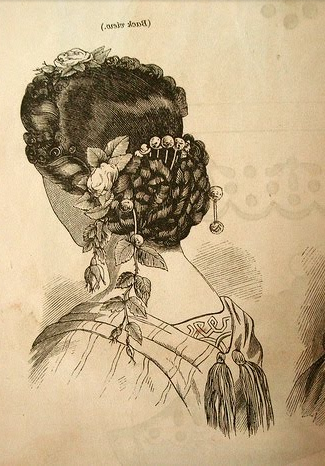Elizabeth Shown Mills

Finding records for females in the past is a special problem. Prior to the twentieth century, as a rule, menfolk created the family records. A wife usually was not entitled to act in her own stead, and a respectable unmarried woman seldom dared. When a public record was required for her, a brother, father, or guardian was expected to handle such affairs for her.
By law, a widow did have more rights, but the reticence bred into her since childhood, and the general lack of experience that most women had in business and legal matters, caused even widows to seek the shadows of the menfolk in their family.
Today, we offer 6 tips for teasing yesteryear’s women out of the shadows in which they lived:
- To find a free woman, follow the men to whom she was attached: husbands, fathers, brothers, uncles, etc.
- To find a slave woman, follow the master, every member of his family, and every fellow slave who can be identified.
- For both free and enslaved women, thoroughly study every known sibling—as well as the husbands of sisters.
- Identify and thoroughly study every member of her FAN Club (Friends, Associates, and Neighbors).
- Identify the unofficial record keepers of her community—doctors, lawyers, ministers, teachers—and track down any papers or journals those community leaders left.
- Place her life in every kind of context. Study not just historical accounts and the laws of the time and place, but also linguistic studies, religious tracts, agricultural treaties, migration patterns, etc. Anything that relates to her society gives us a better understanding of the role she would have played, the bounds she had to live within, and the exceptions she might have carved out for herself.
PHOTO CREDITS: "The Nina Headdress," Godey's Ladies Magazine, March 1863; public domain image.
Posted 24 March 2015
Reconstructing the Lives of Yesteryear’s Women
I agree:
"Study not just historical accounts and the laws of the time and place." Anyone doing French-Canadian genealogy should read my: "Marriage Contract in New France according to La Coutume de Paris / The Custom of Paris" It may also be accessed in pdf on the French-Canadian Culture, Heritage, and Traditions page of the French-Canadian Heritage Society of Michigan: http://habitantheritage.org/french-canadian_resources/french- canadian_culture_heritage_and_traditions My translation of Marriage Contract, J. B. Dupuy and Marguerite Roy, Notary Pinguet, 19 May 1735, is also there. Another marriage contract translation will appear in the April 2015 issue of Michigan's Habitant Heritage.